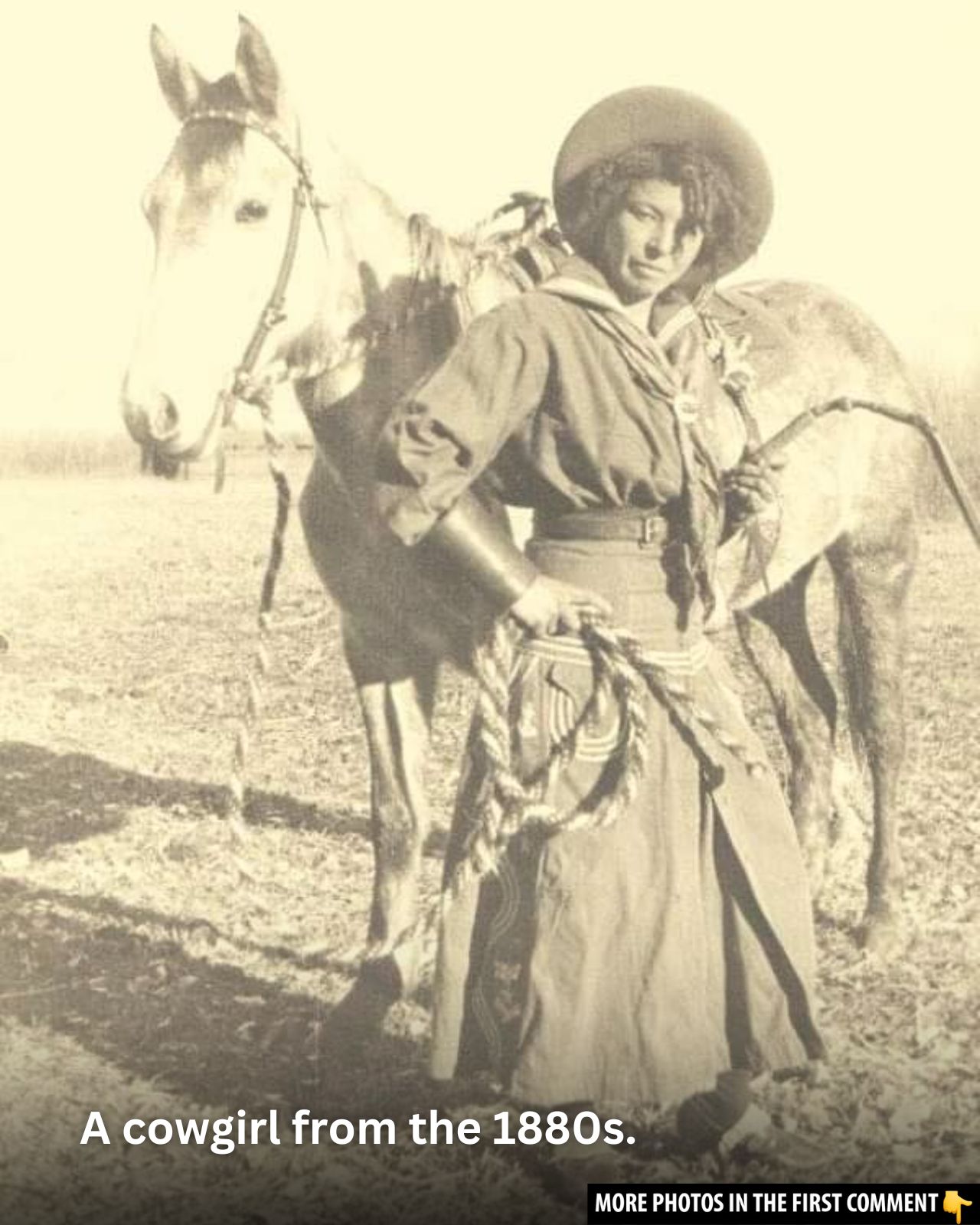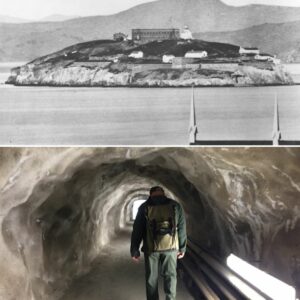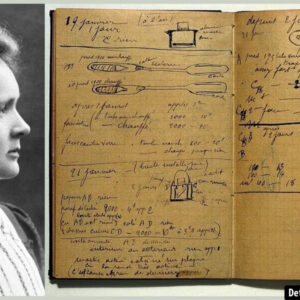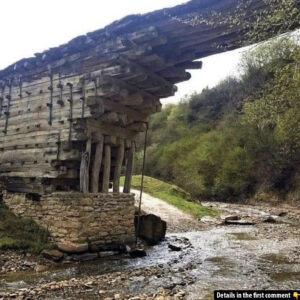When we think of the American West, images of rugged cowboys and vast, open plains often dominate our minds. Yet, behind every cowboy’s story is an equally intriguing narrative of the women who, through their grit, determination, and pioneering spirit, helped shape the history of the West. The term “cowgirl” did not exist in the popular lexicon until much later, but long before the term was coined, women were breaking stereotypes, taking on traditionally male roles, and building a legacy that continues to inspire today. Through rare photographs from the late 19th and early 20th centuries, we can catch a glimpse of these remarkable women and their contributions to the Western frontier.
Women on the Move: Pioneers and Early Cowgirls
The journey to the West began long before the famous cattle drives or the rise of rodeos. From the mid-1800s, families, including women, moved westward, drawn by the promise of new opportunities and the Homestead Act of 1860. They braved the harsh terrains of Kansas, Colorado, Wyoming, and beyond, settling in places like Arizona, New Mexico, and Utah. These brave women, many of whom traveled on covered wagons, played pivotal roles in establishing communities in remote and unforgiving landscapes.
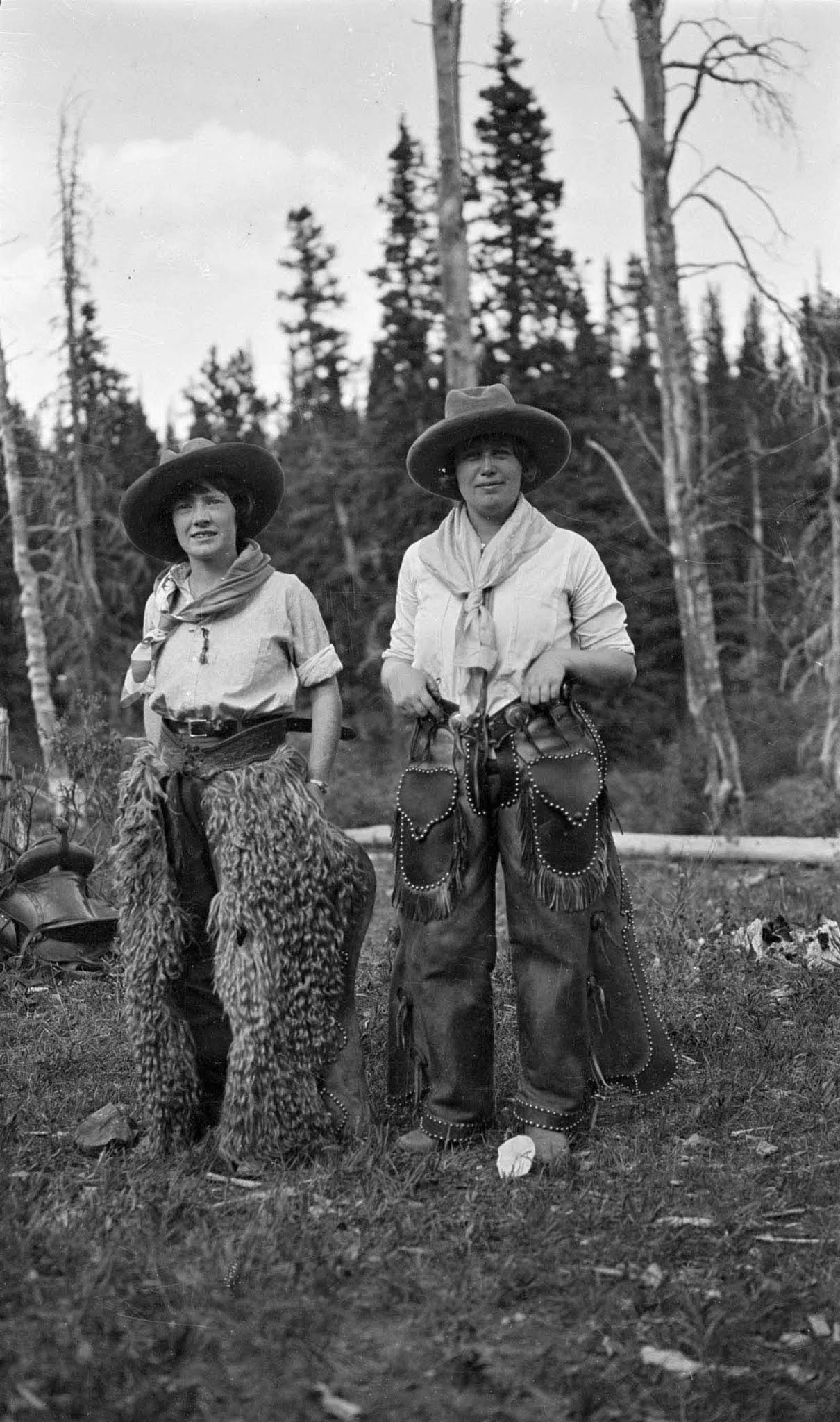
By the 1870s, women in the West began to embrace more independence and responsibility, often taking on farm and ranch duties that were traditionally considered the domain of men. In the midst of this change, some women, like the early pioneers of the West, began to master horseback riding, roping cattle, and even shooting. The cultural and physical challenges of this new life left them little room for the traditional, delicate roles they had been assigned back East. As such, many women started to adapt to the realities of Western life, contributing to the foundation of a new, more rugged and independent female identity.
Video
Discover the stories of the most dangerous and notorious female outlaws of the Wild West in this captivating video. Watch it now to uncover their daring lives!
Breaking Tradition: From Sidesaddles to Buckaroo Life
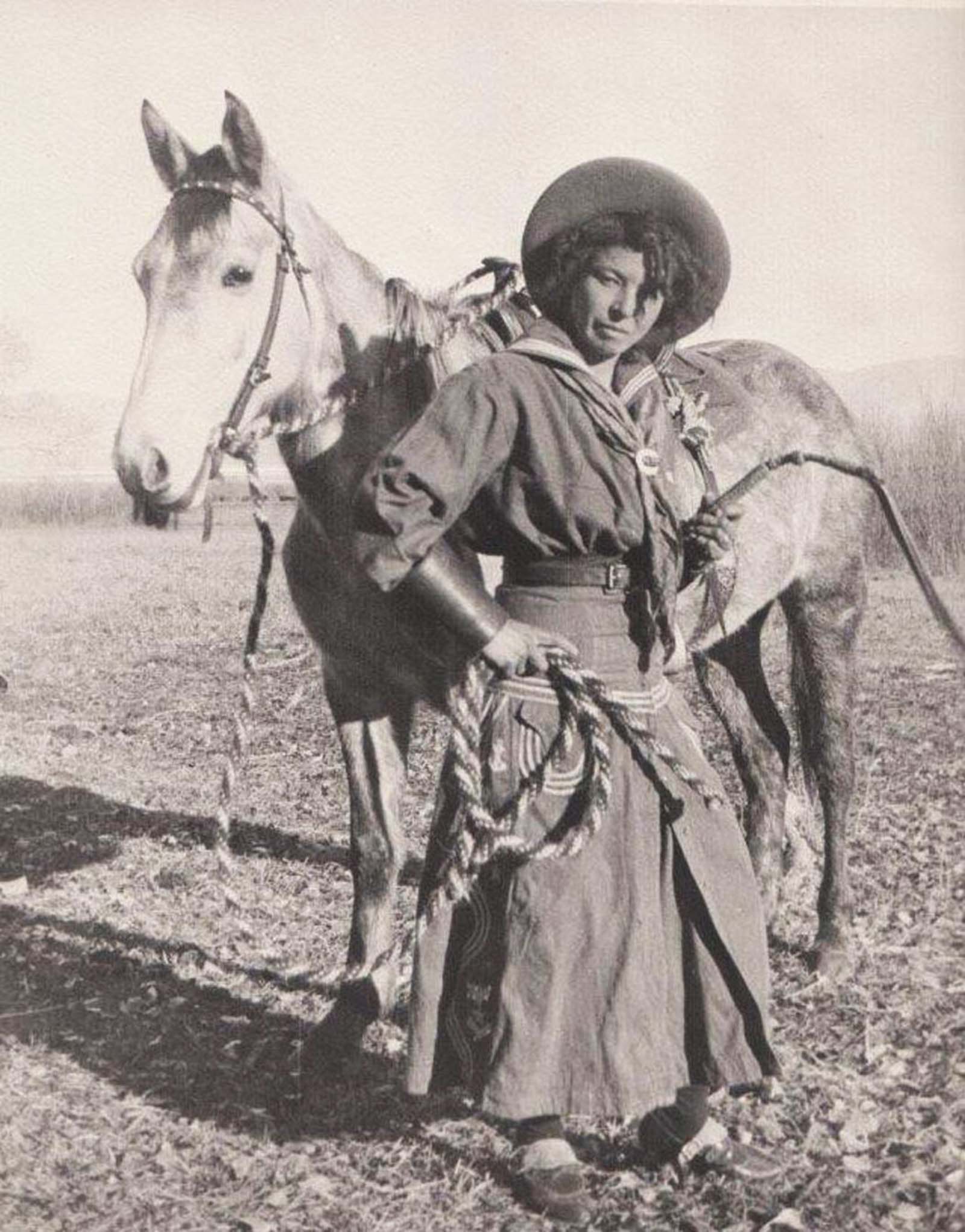
For many women, embracing a life in the West meant breaking away from centuries of tradition, including the strict expectations of how women should dress and behave. In the Eastern United States, it was deemed inappropriate for women to ride like men, and sidesaddles were the norm. However, as women began to settle in the West, many found it impossible to ride comfortably on a sidesaddle, particularly when managing cattle or riding long distances.
One such trailblazer was photographer and ranchwoman Evelyn Cameron. In the 1880s, Cameron documented her life as a cowgirl in Montana and Wyoming, becoming one of the first to advocate for the practical use of divided skirts and to ride astride like men. Cameron’s photographs show her in men’s attire, including cowboy hats and boots, capturing the essence of what it meant to be a female pioneer in the wild West.
The shift from sidesaddles to buckaroo life was more than a matter of convenience. It was about freedom, and the transformation represented a breaking of societal norms. Evelyn Cameron’s writings, and the photos of women like her, show the intersection of personal liberty and the realities of the frontier. This newfound freedom was one of the greatest contributions that the pioneering women of the West made to the culture of the cowgirl.
Famous Cowgirls: Stories of Sally Skull, Jo Monaghan, and Cattle Kate
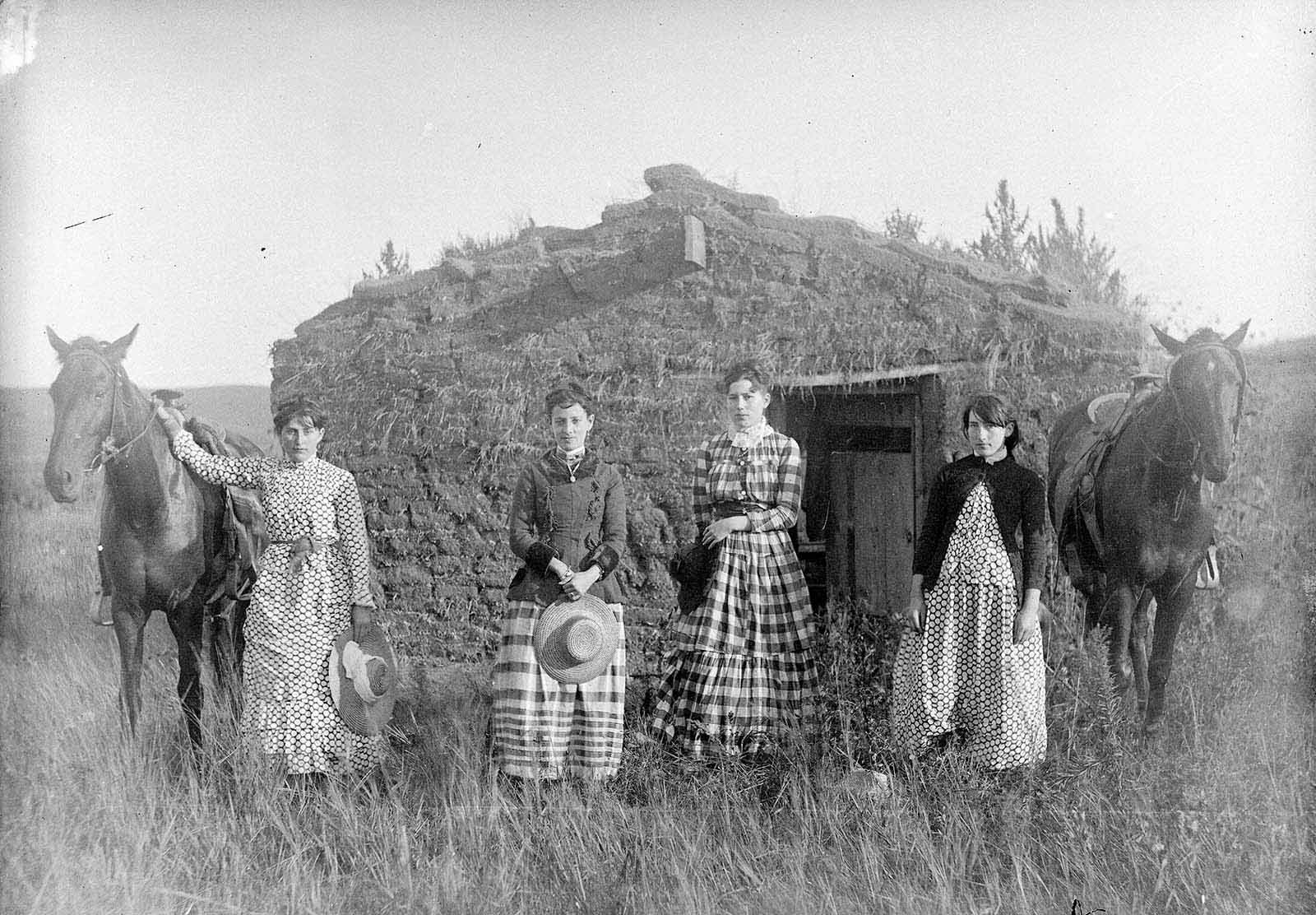
Among the earliest and most iconic women of the West were pioneers like Sally Skull, Jo Monaghan, and Cattle Kate. Sally Skull was one of the first women in Texas to own a ranch, called the Circle S. Known as Mustang Jan, she was a force to be reckoned with, managing her own ranch and successfully crossing the Mexican border during the Civil War to acquire cattle. Skull was also known for her skills with a rifle and two pistols strapped to her waist, and her horse, Redbuck, became a symbol of her strength and independence.
Another fascinating story is that of Jo Monaghan, who made the journey west from Buffalo, New York in 1867. Dressed as a man, she was able to take on ranch work and enjoyed the privileges of male life, including the right to vote. Monaghan kept her disguise for the entirety of her life, and only after her death in 1904 was it discovered that she had been living as a man.
Cattle Kate, whose tragic story is one of the most well-known, is a perfect example of the harsh judgment and suspicion that independent women often faced. A skilled cowgirl with a passion for ranch work, she was accused of cattle rustling in 1889, a crime she did not commit. Despite being a well-respected woman of the West, she was killed by local cattle barons, and her name has only recently been cleared through historical research.
Rodeos and Ranching: The Role of Women in Western Culture
By the turn of the century, women’s roles in the West had evolved. While the image of the cowgirl had been largely shaped by ranch work, it was the rise of rodeos that elevated women like Lucille Mullhall and Kathleen Hudson to the spotlight. These rodeo stars were as skilled in roping cattle as they were in breaking wild horses, and their incredible feats captured the imagination of audiences everywhere.

Lucille Mullhall, known as the “First Lady of Rodeo,” was a trailblazer in this sport, and she proved that women could compete with the best in this male-dominated world. In 1909, she made history by becoming one of the first women to compete in a public rodeo, and her performances thrilled crowds with her daring riding and roping skills.
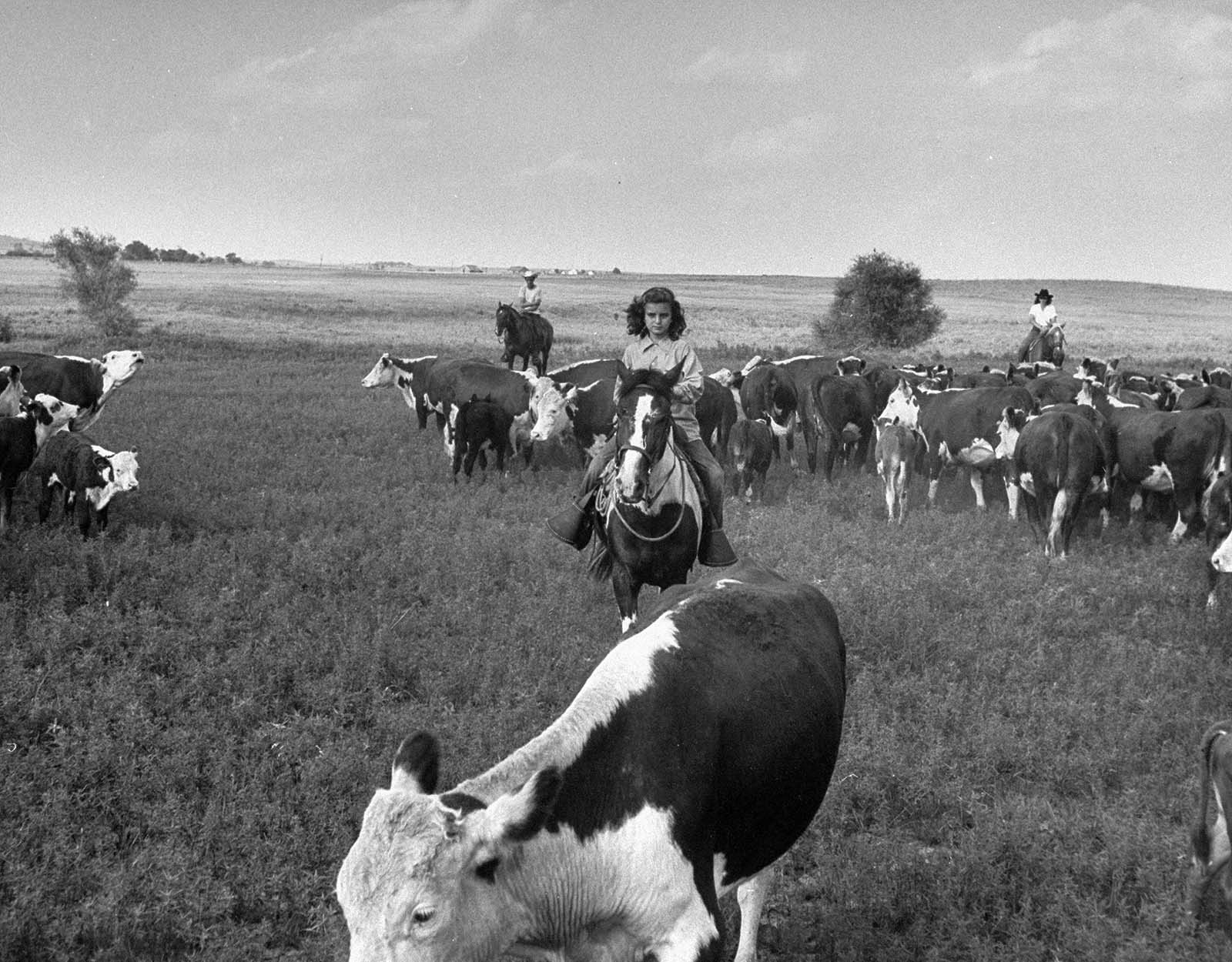
Kathleen Hudson was another cowgirl who gained recognition for her role in rodeo competitions. As part of the Junior Riding and Roping Club of Tulsa Mounted Troops, Hudson became known for her expert cattle rounding skills and rodeo prowess, gaining respect both in her community and on the competition circuit.
Cowgirls of Today: Continuing the Western Tradition
The legacy of the cowgirl still lives on today in the many women who continue to take part in traditional ranch work and rodeos across the United States. Modern-day cowgirls continue to honor the traditions of their ancestors while adapting to new technologies and practices in the world of cattle ranching and rodeo competitions.
Today, women in the Western United States can be found managing vast ranches, competing in professional rodeos, and passing on the rich tradition of the cowgirl lifestyle to new generations. These women are proof that the legacy of the cowgirl is not just a thing of the past but an enduring symbol of strength, independence, and resilience.
Gallery: Rare Photographs of Cowgirls in Action (1860-1930)
In this gallery, we take a closer look at the cowgirls of the West through rare historical photographs, showcasing their lives and accomplishments. From images of women in action at rodeos to intimate snapshots of pioneering cowgirls on horseback, these photos offer a powerful glimpse into the world of the women who helped shape the American West.
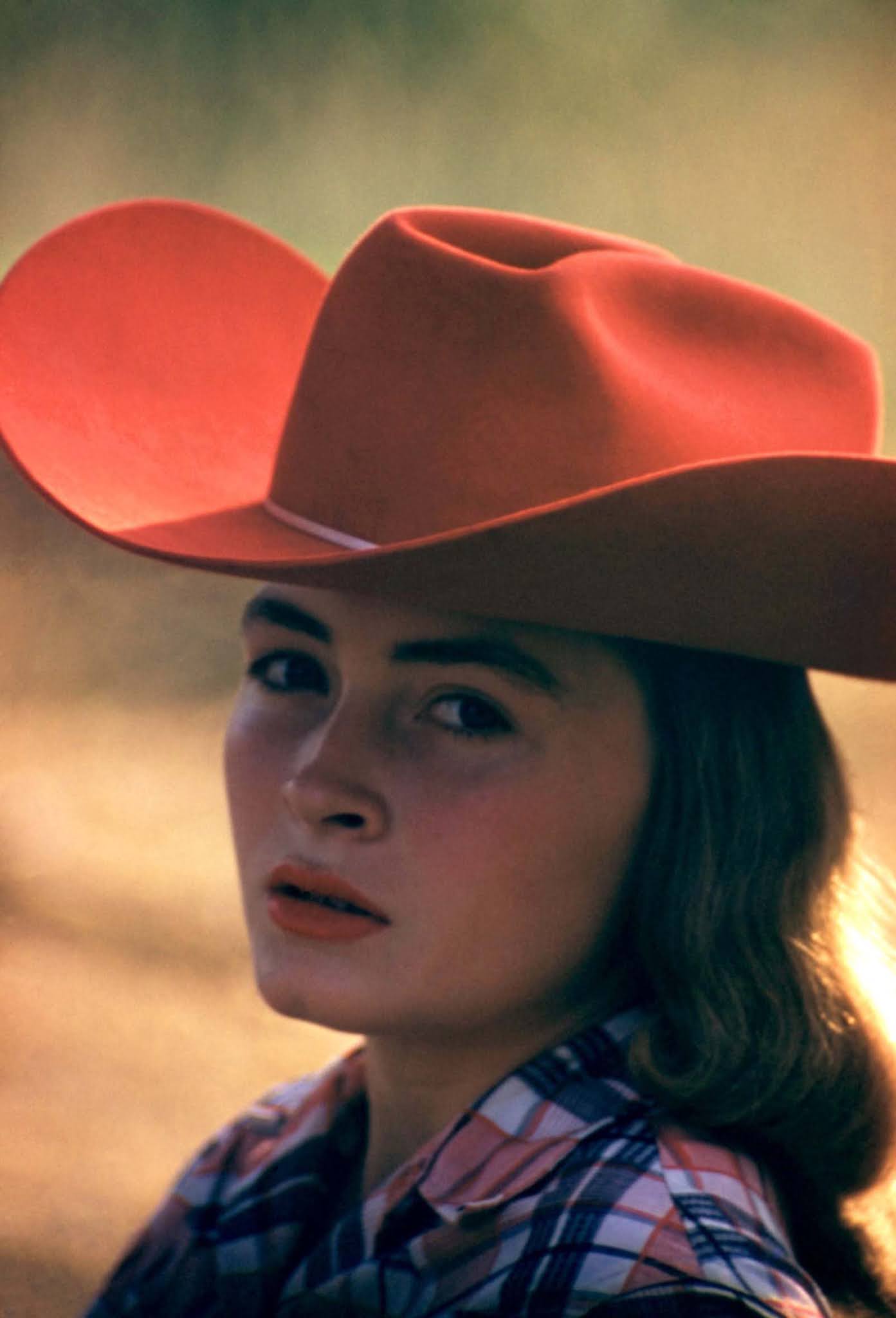
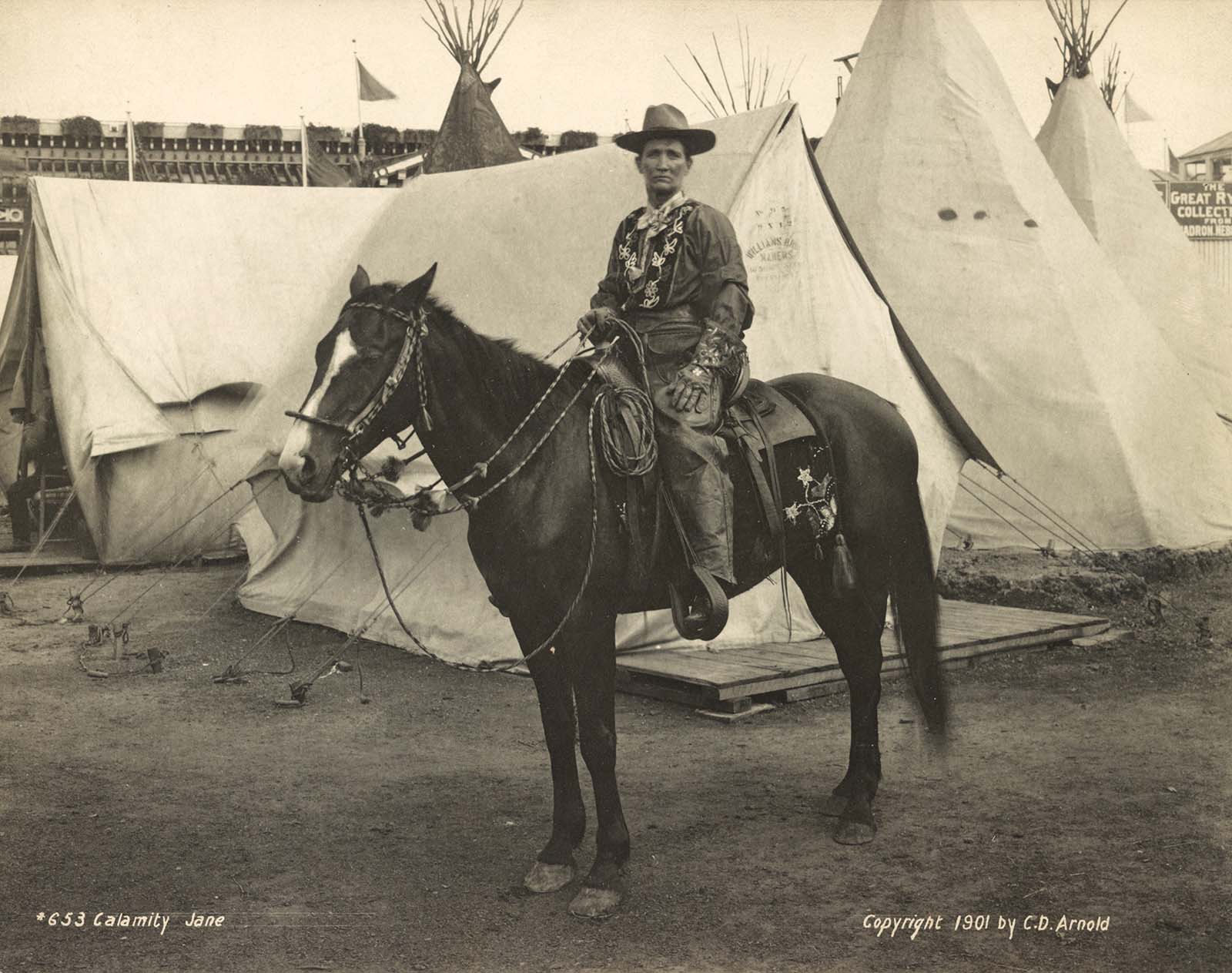
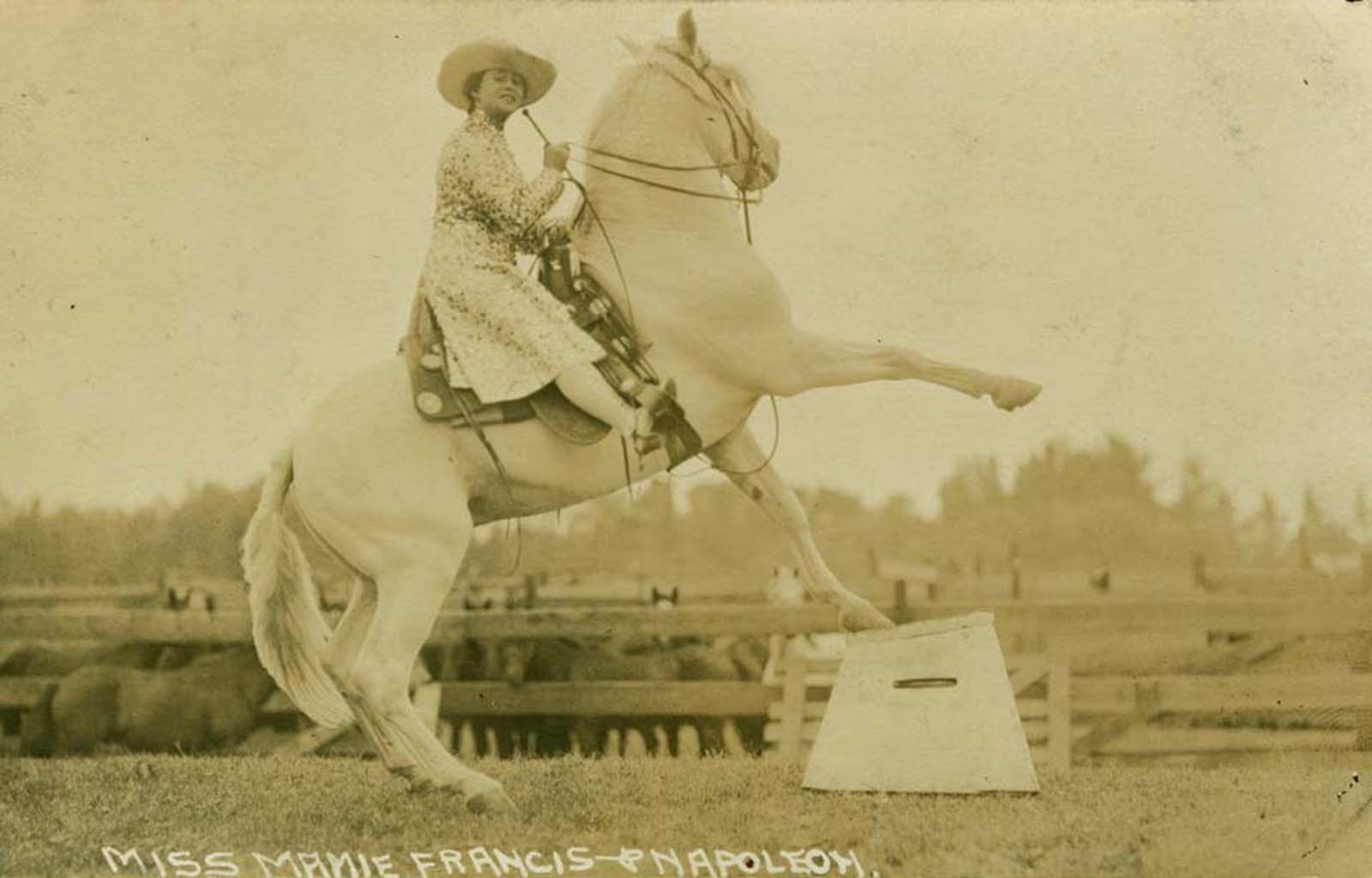
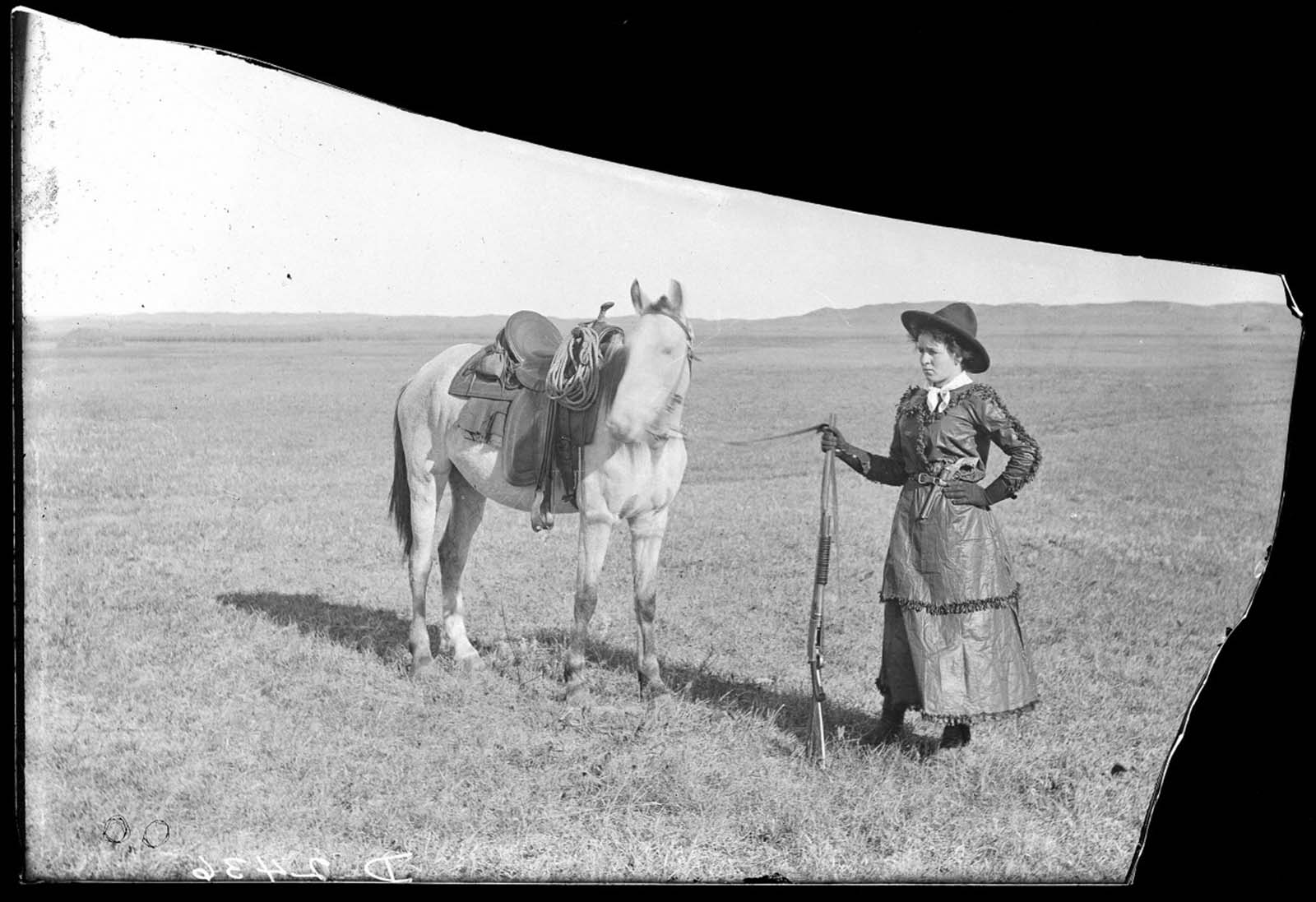
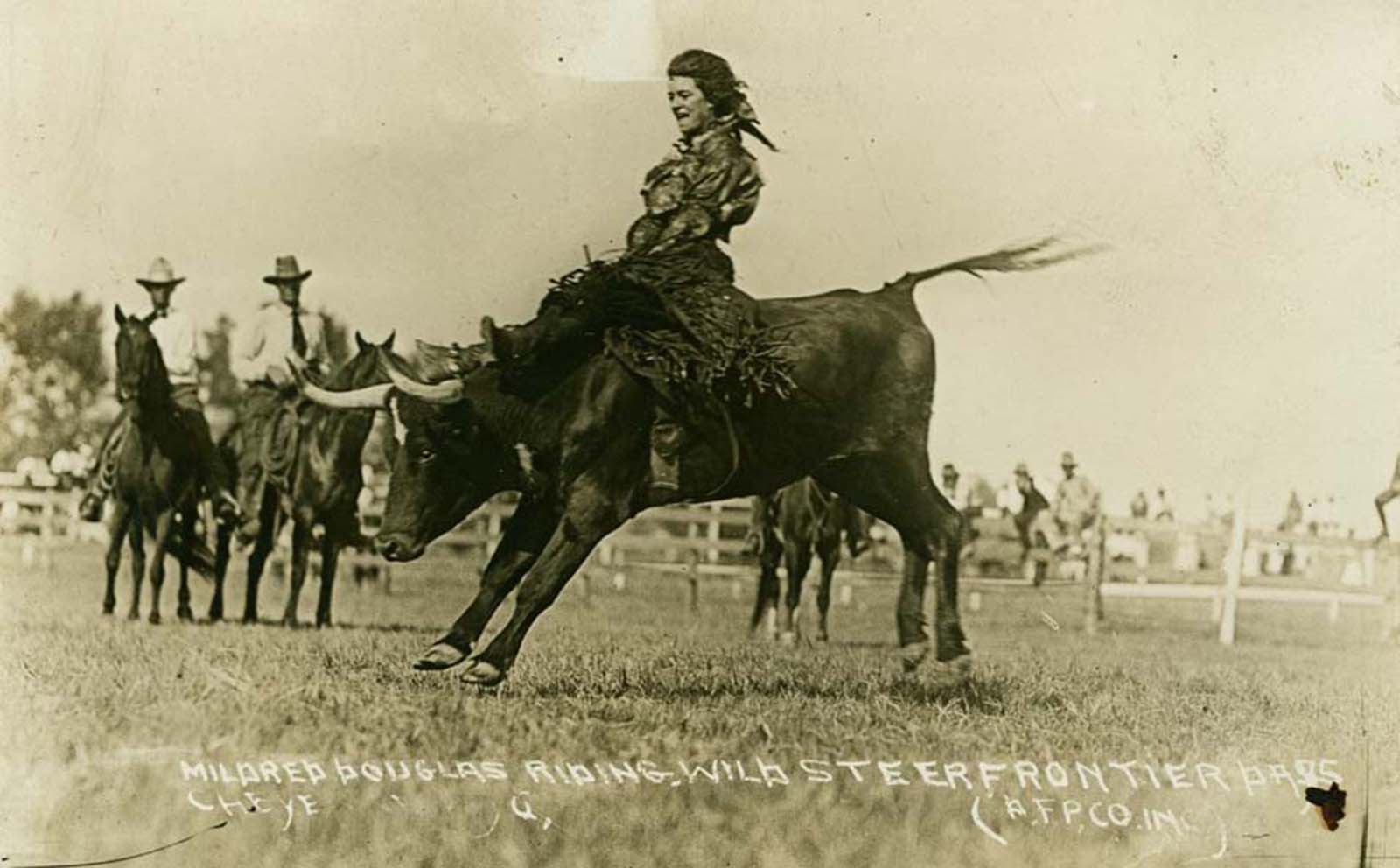
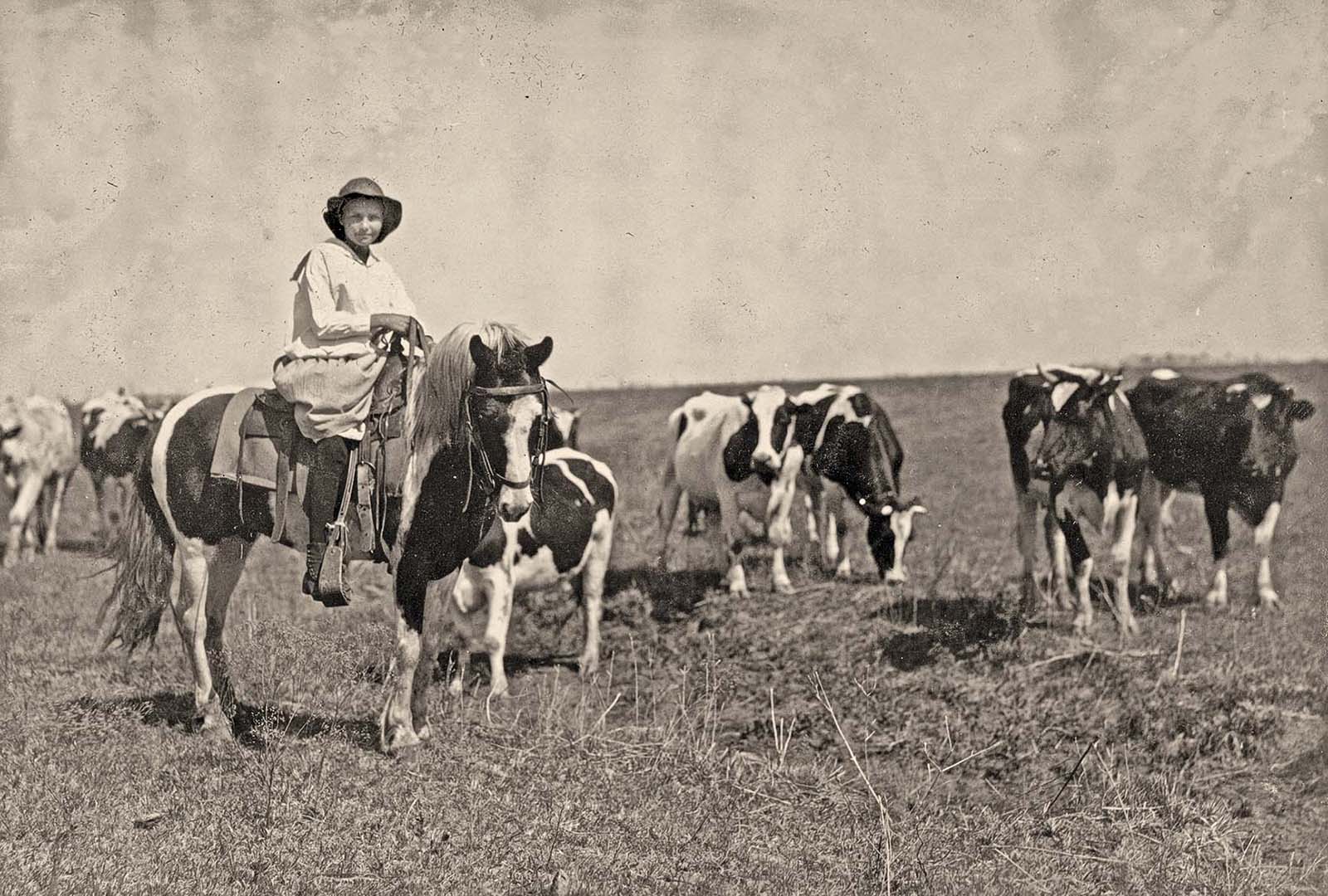
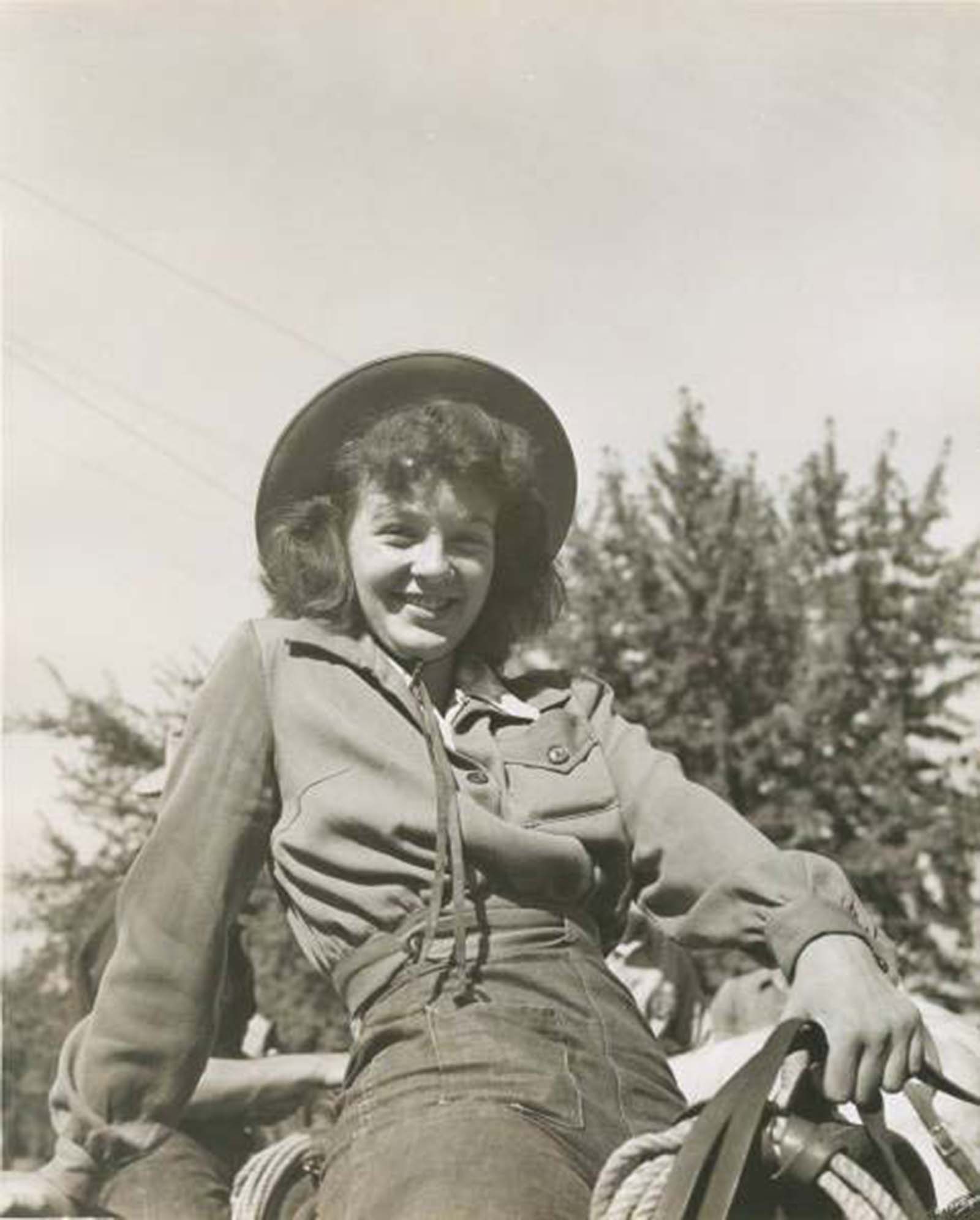
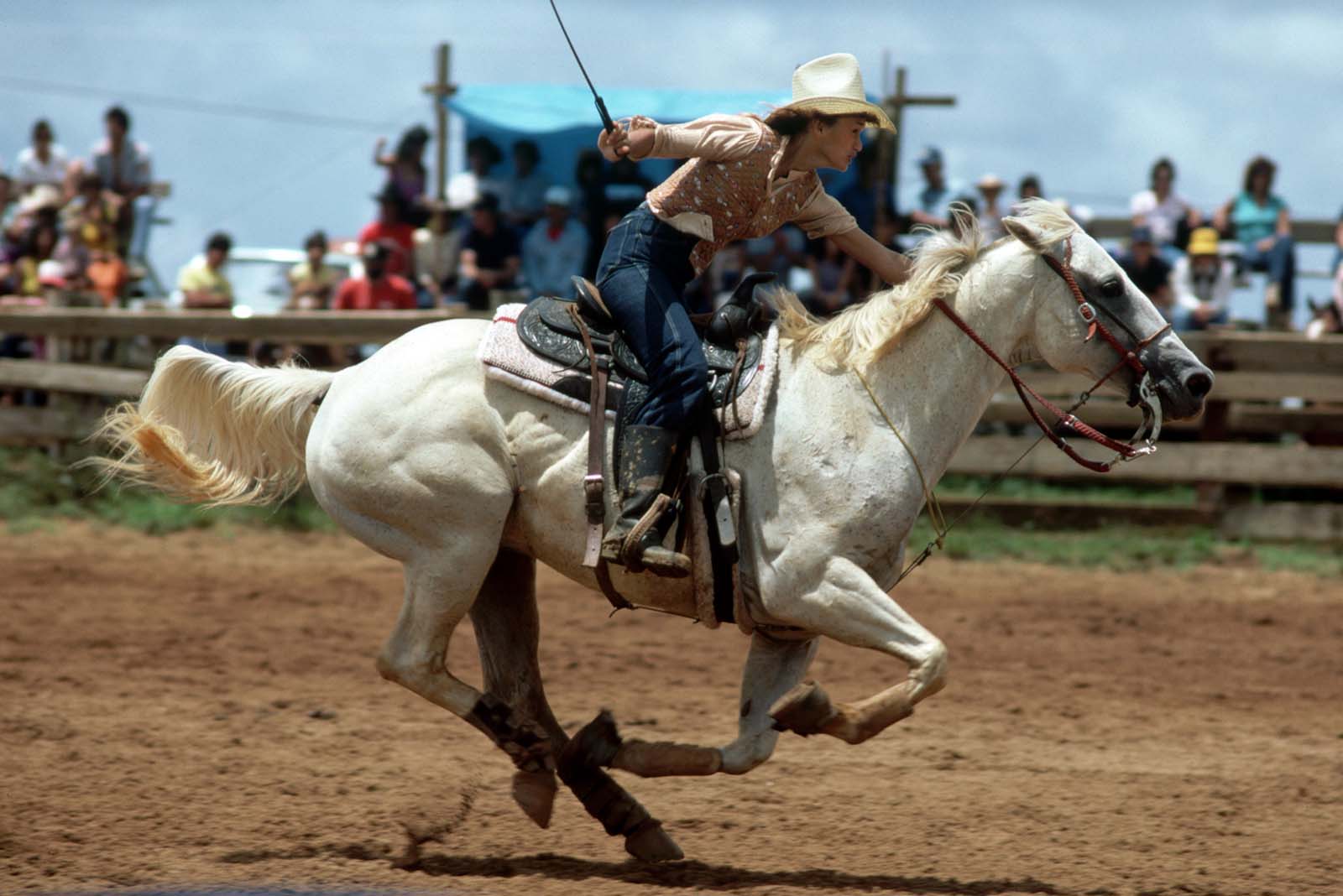
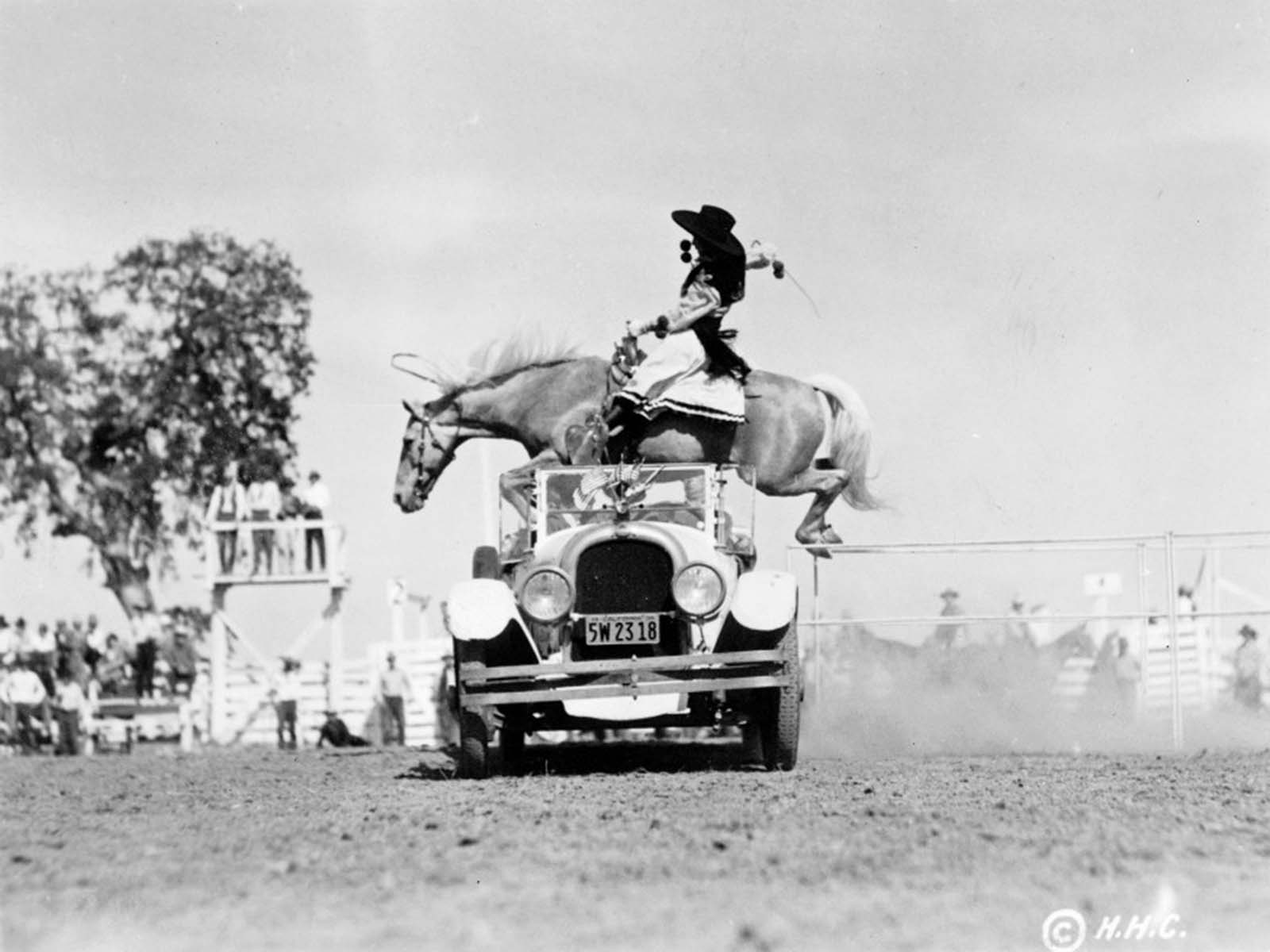

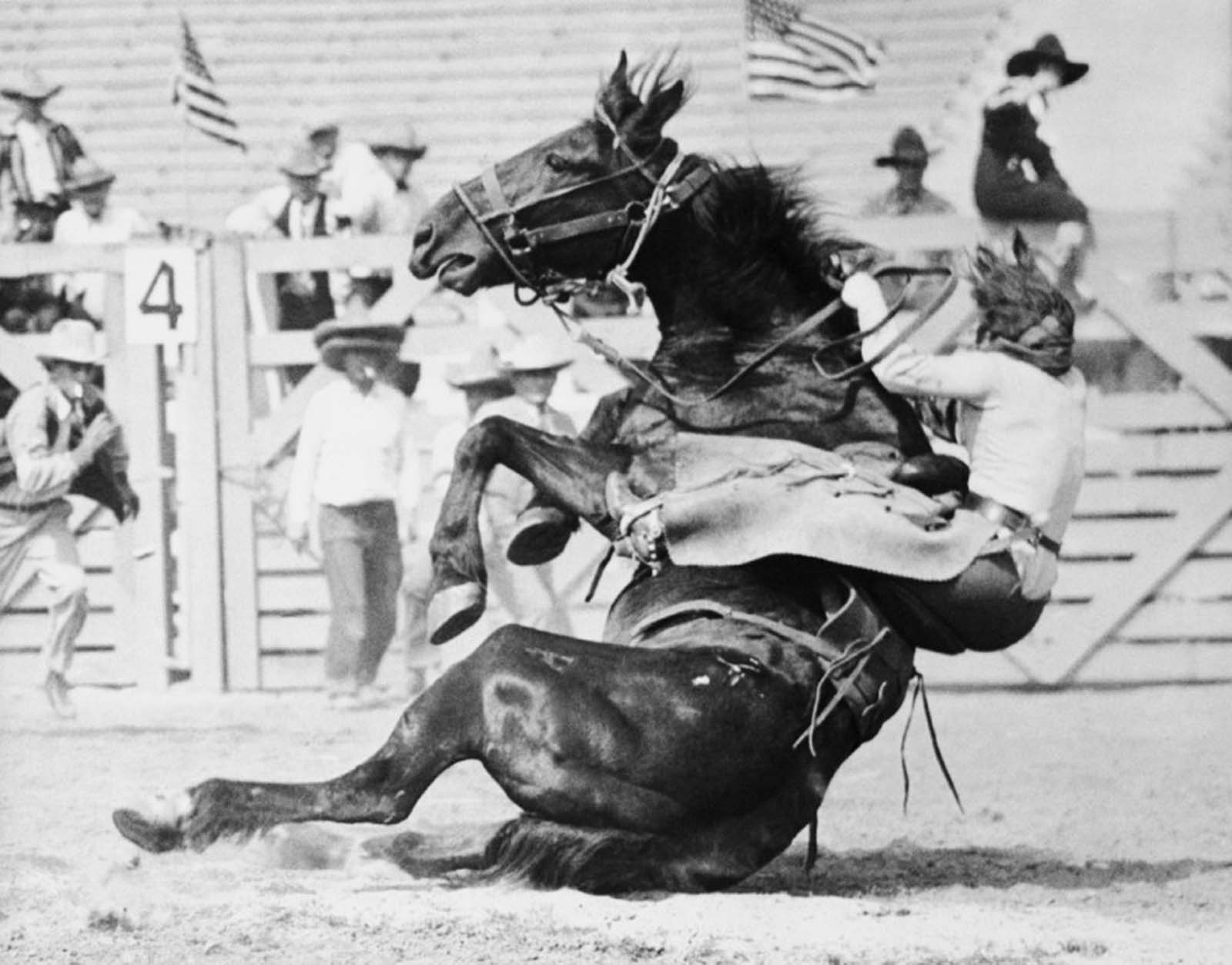
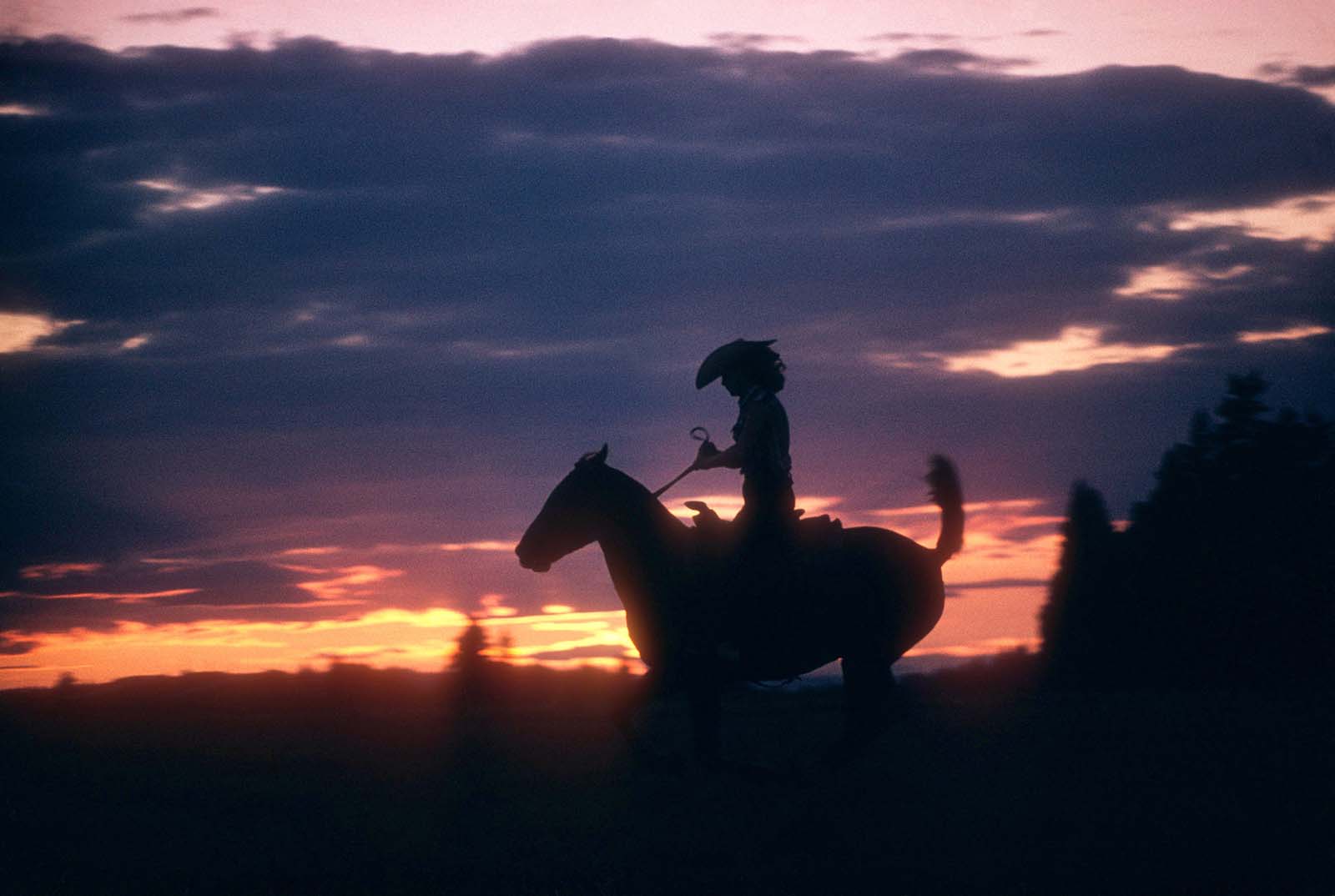
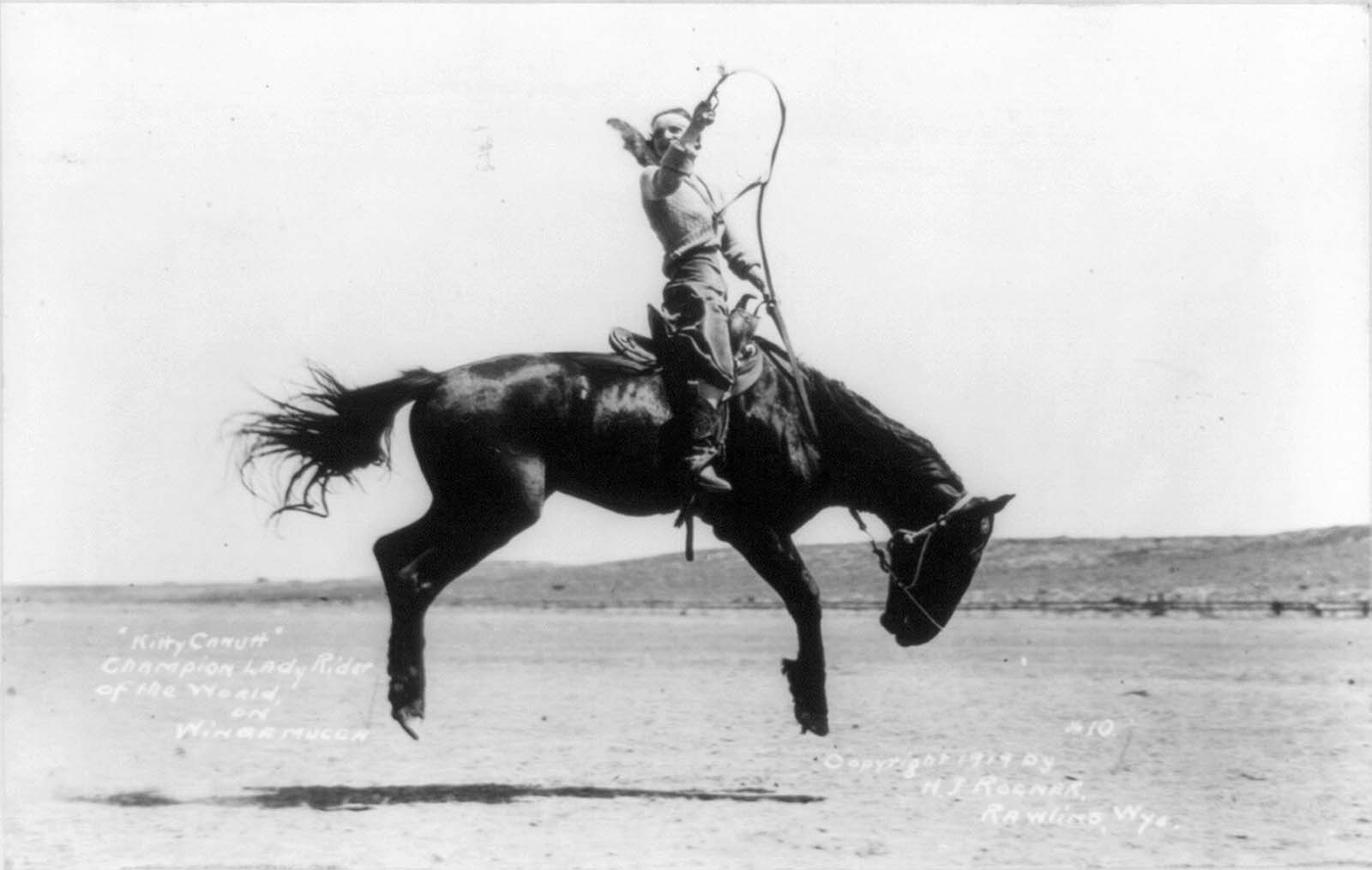
Video
Uncover the powerful stories of Black women in the Old West in this enlightening video. Tune in to learn about their incredible contributions and experiences!
Conclusion: A Legacy that Endures
The cowgirls of the West were not just figures in history books; they were real women who defied societal norms and helped shape the West we know today. From pioneers like Sally Skull and Jo Monaghan to rodeo stars like Lucille Mullhall, these women’s stories are a testament to the spirit of independence, resilience, and grit that defines the American frontier. Their legacy continues to inspire women across the world, showing that breaking barriers and rewriting the rules can lead to greatness. The cowgirl may have once been an anomaly, but today, she is a symbol of the strength and tenacity that helped build the American West.
